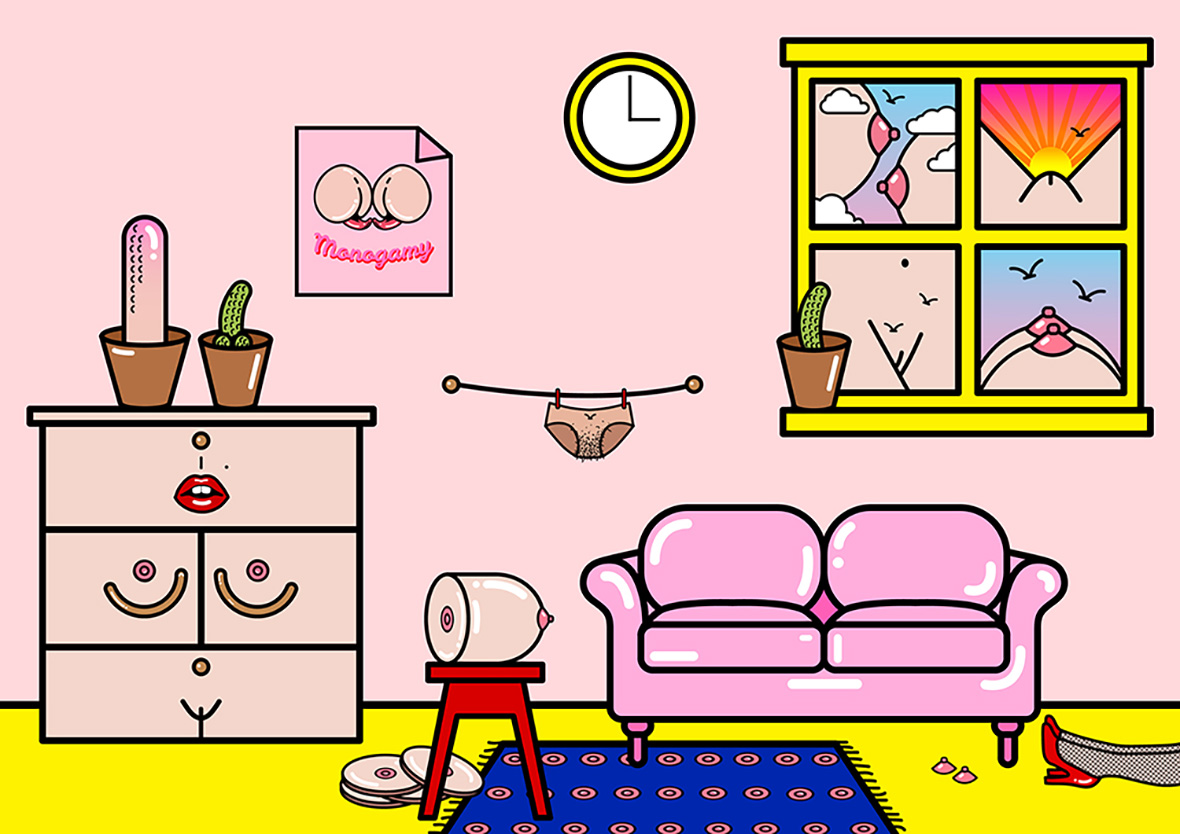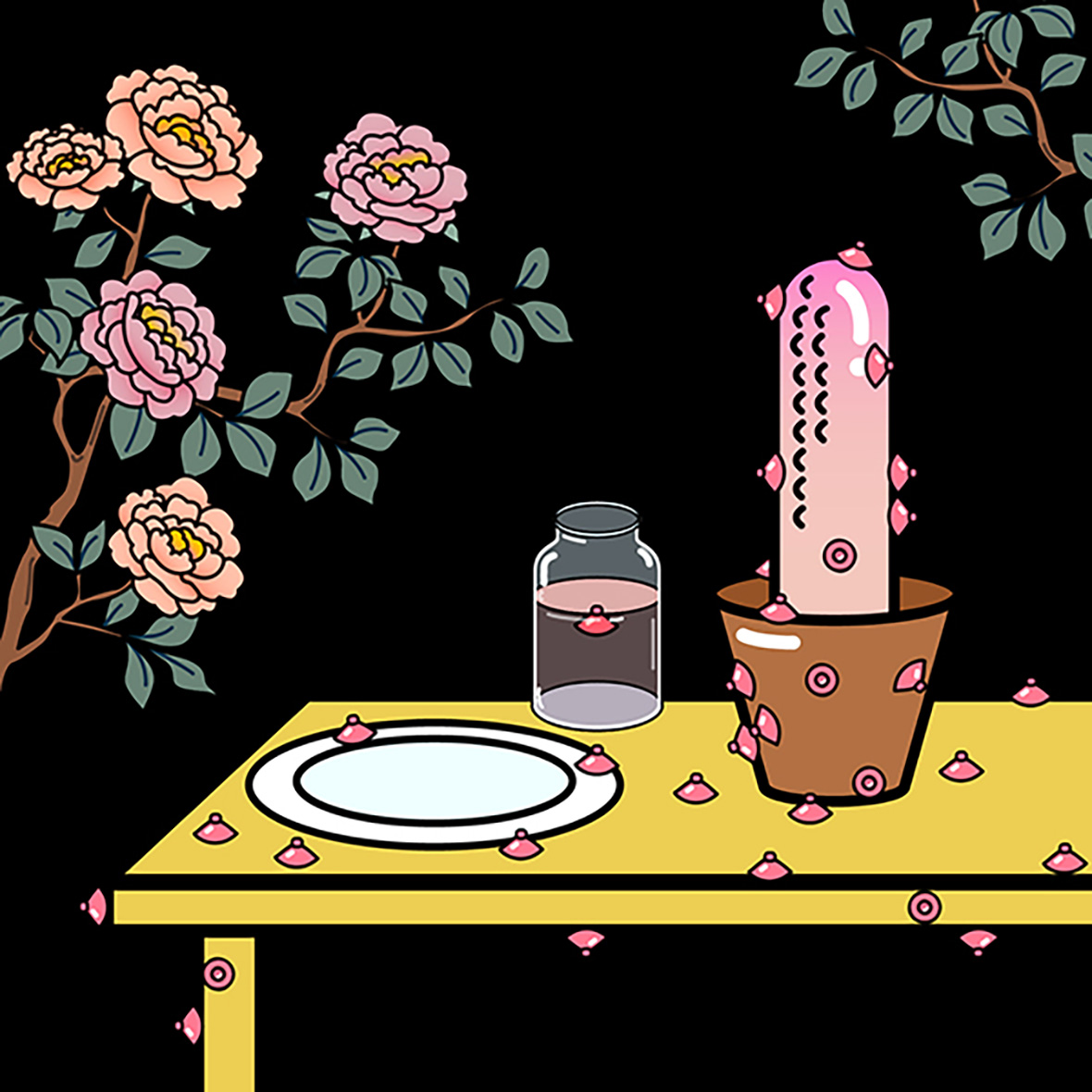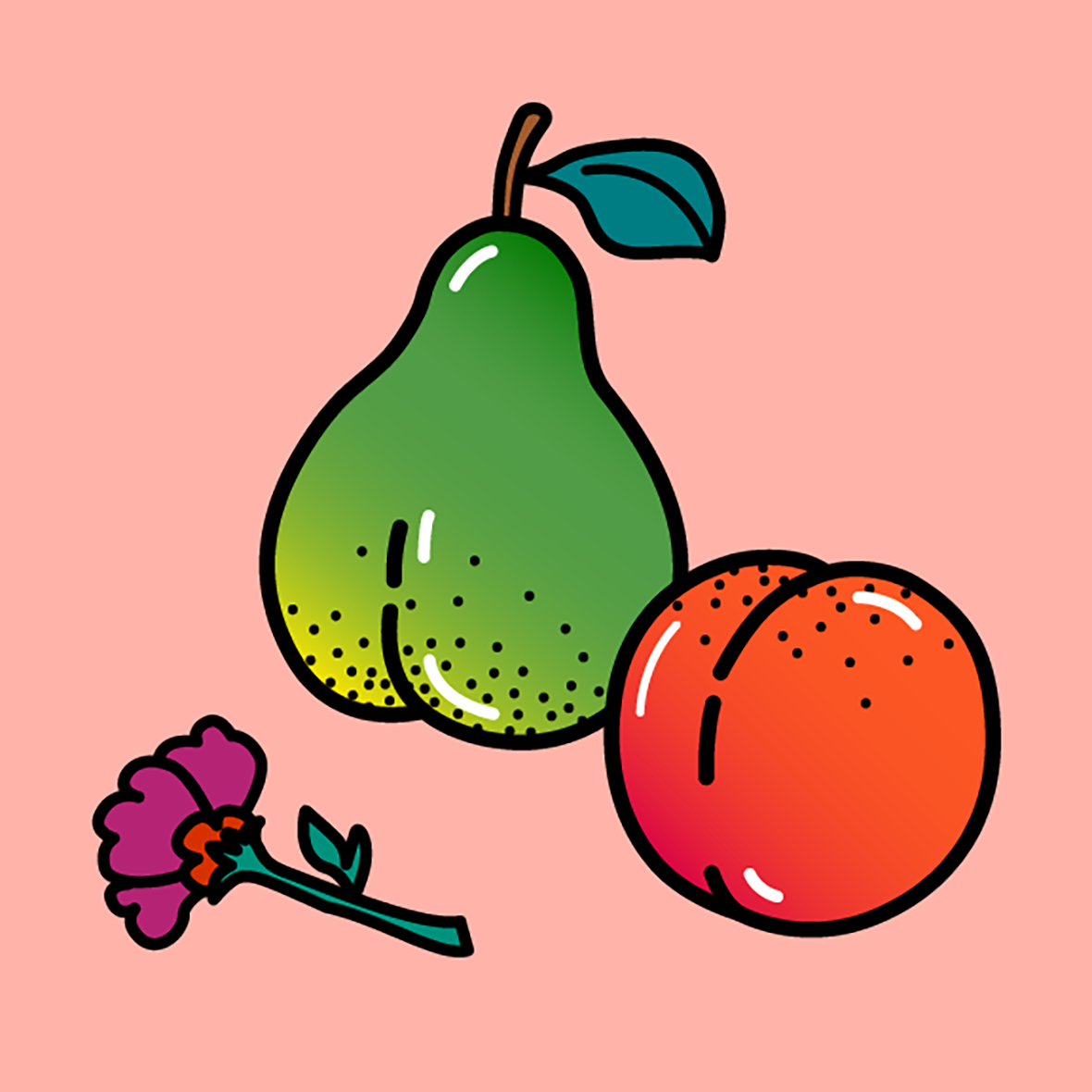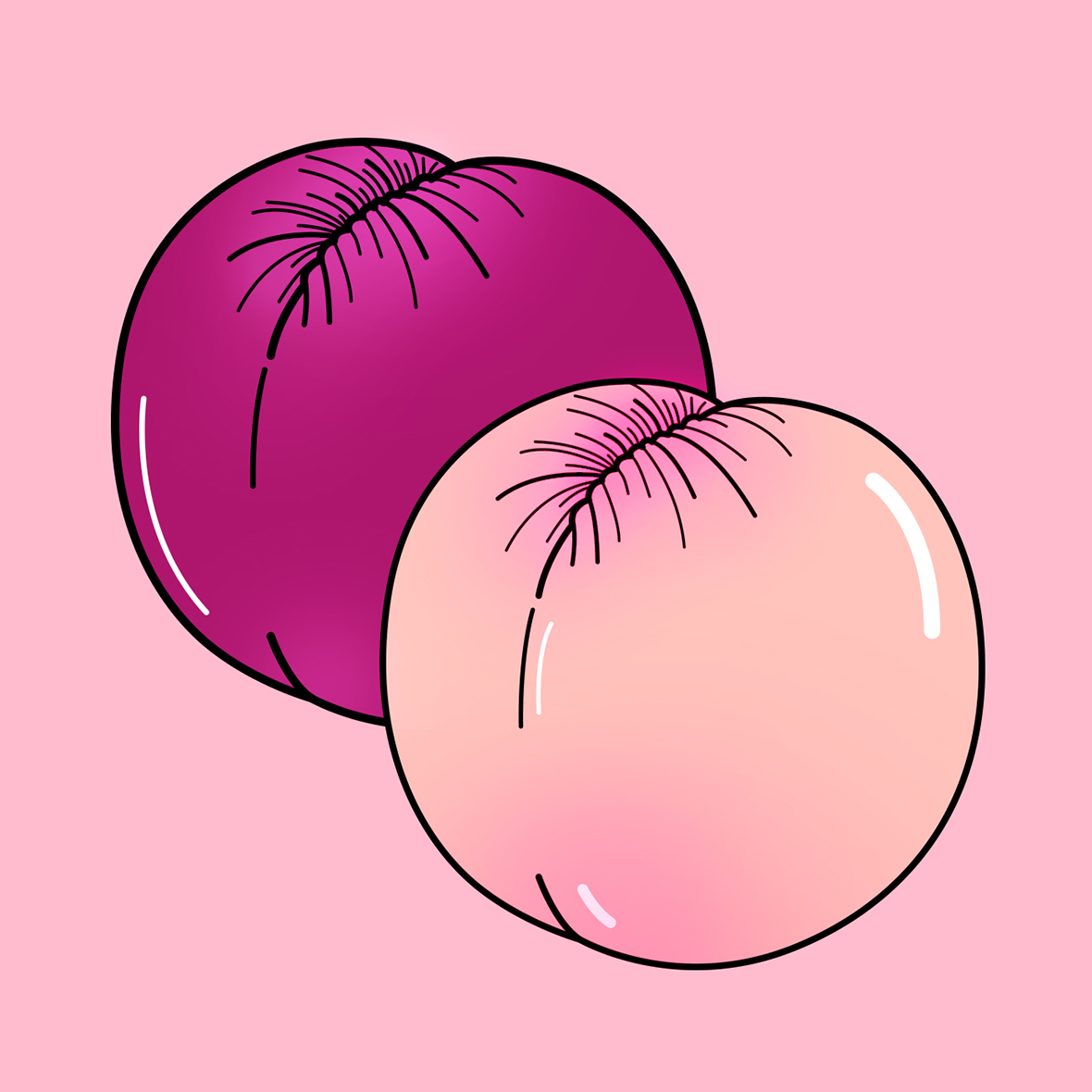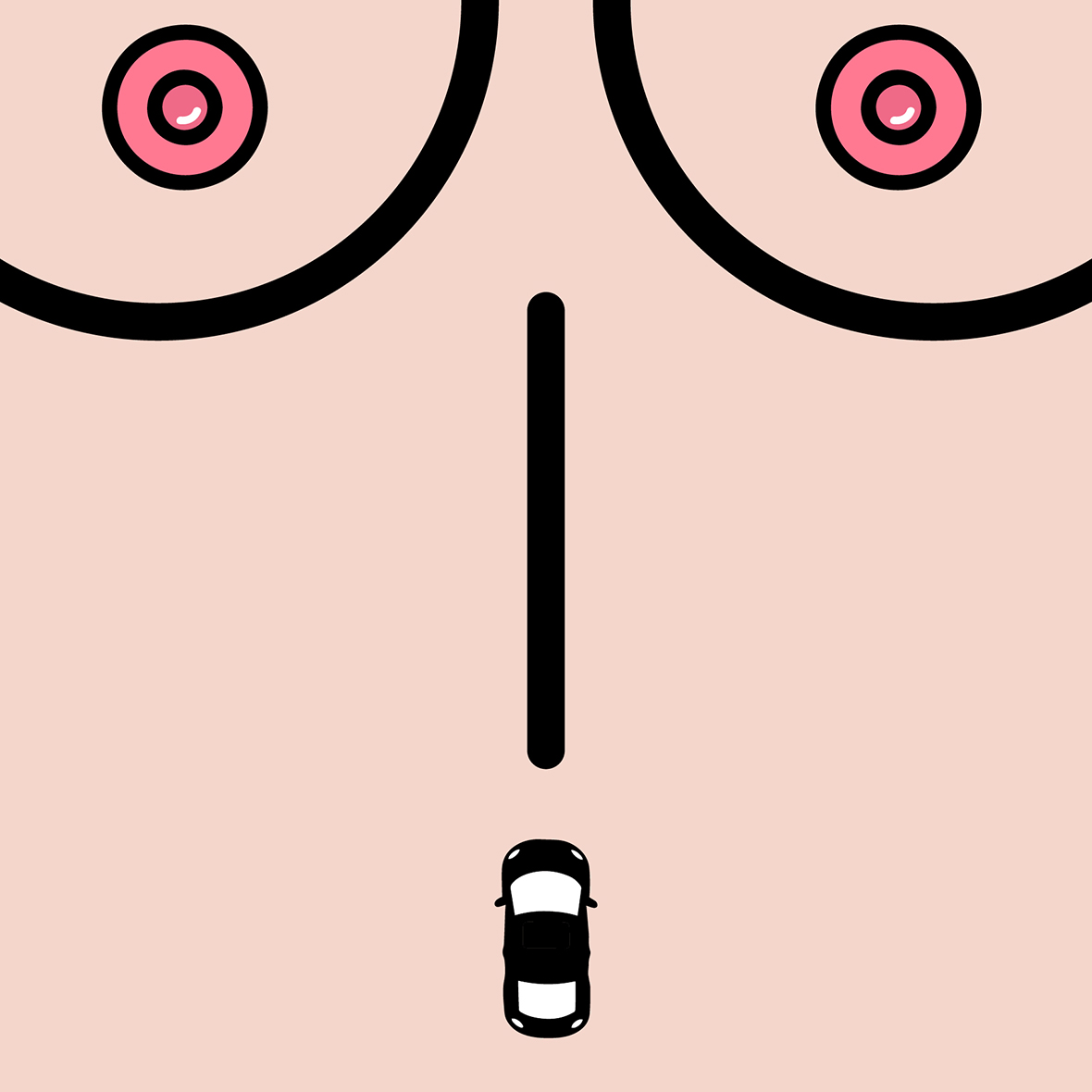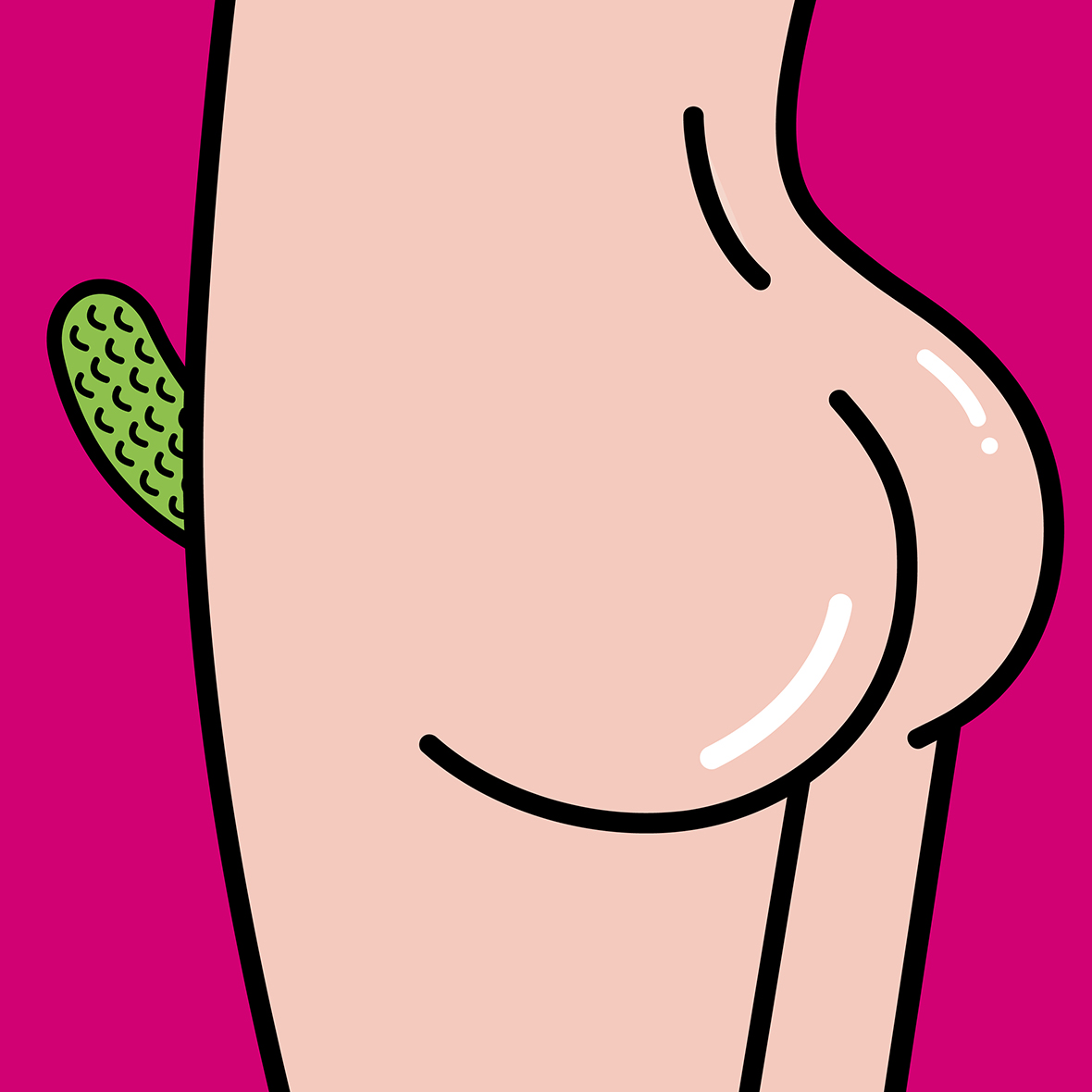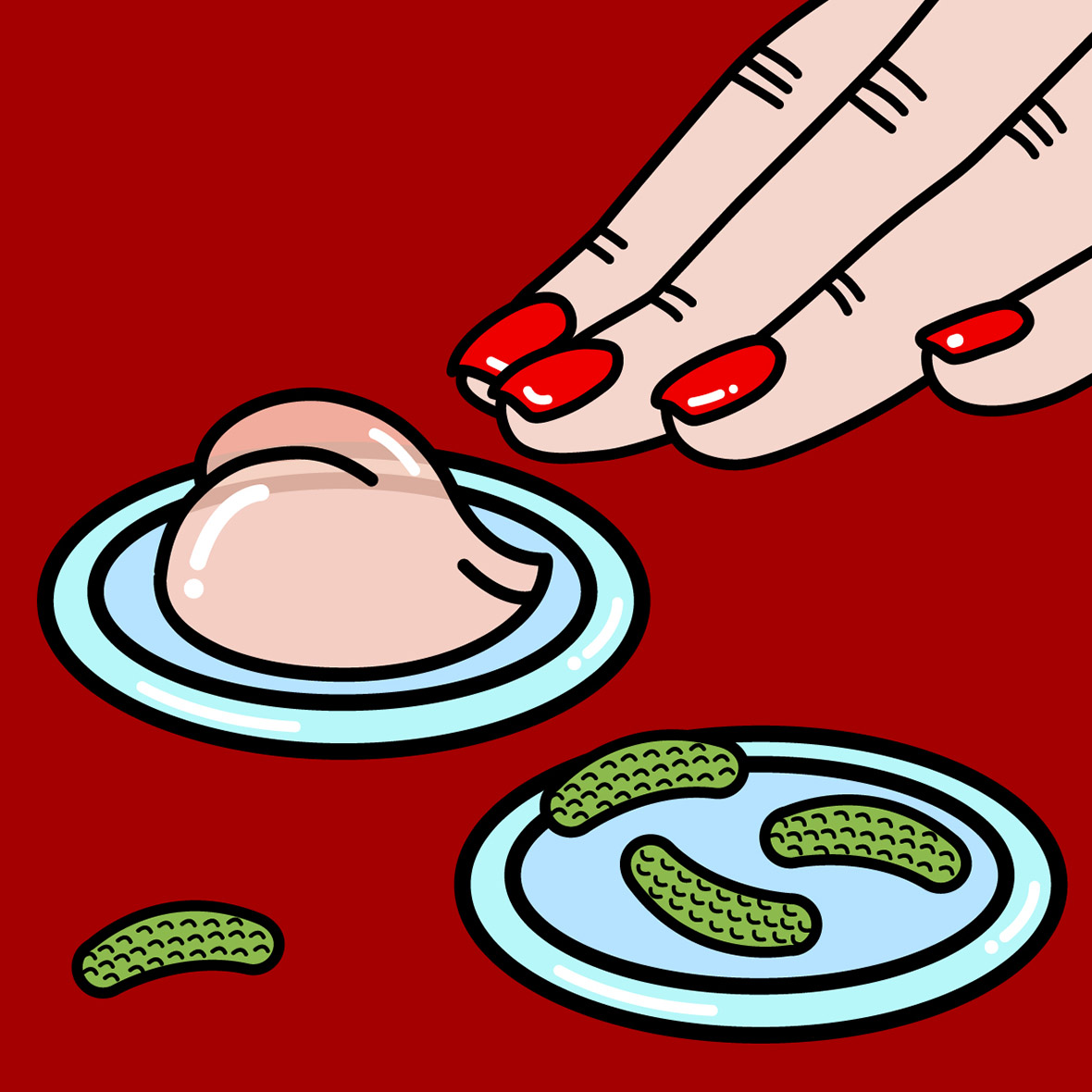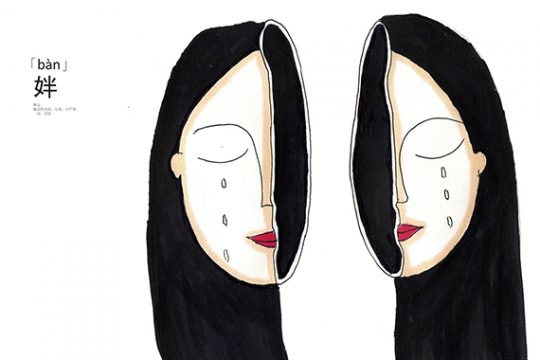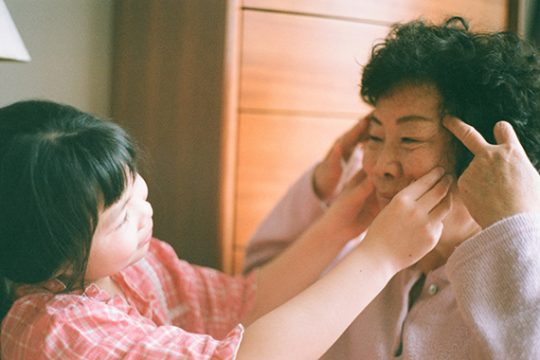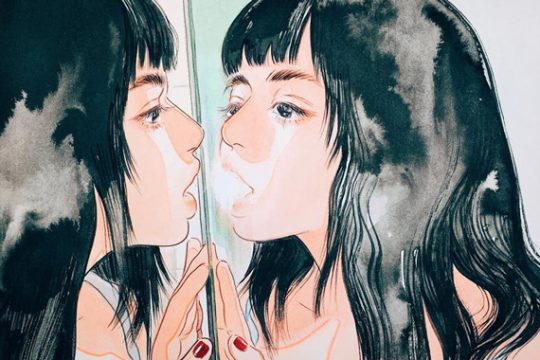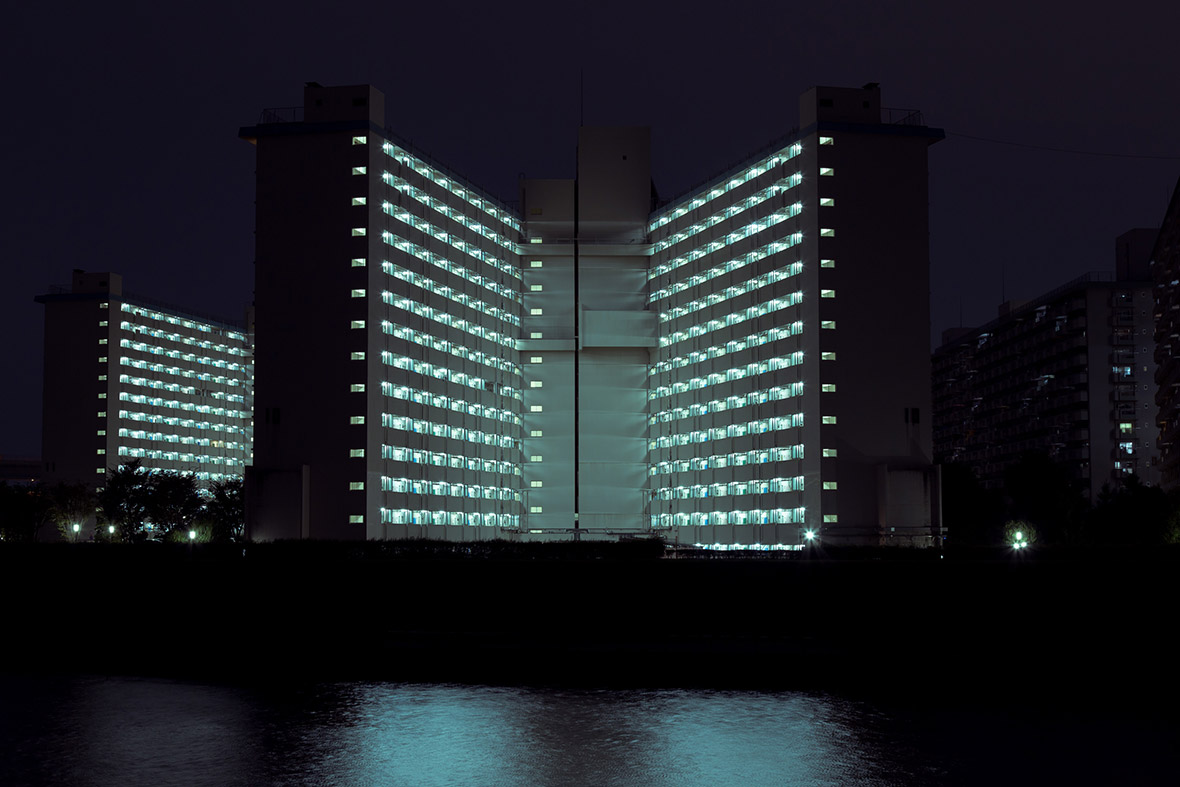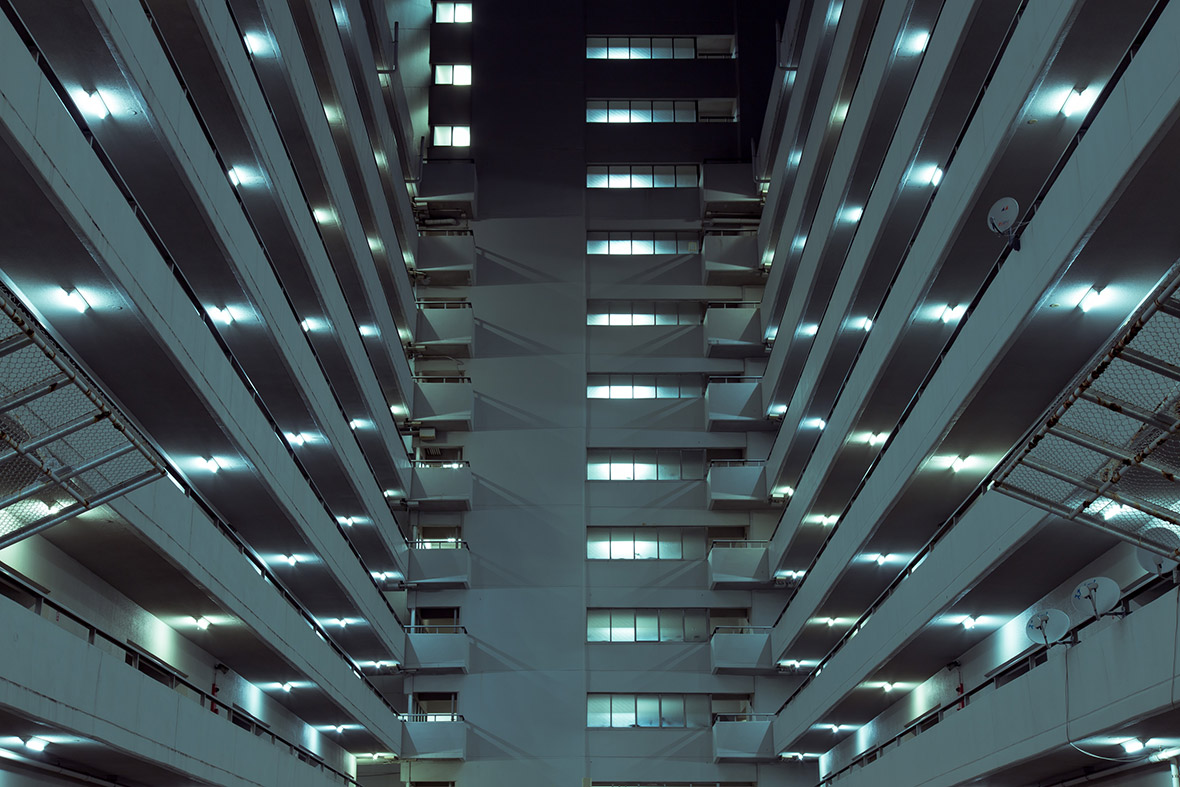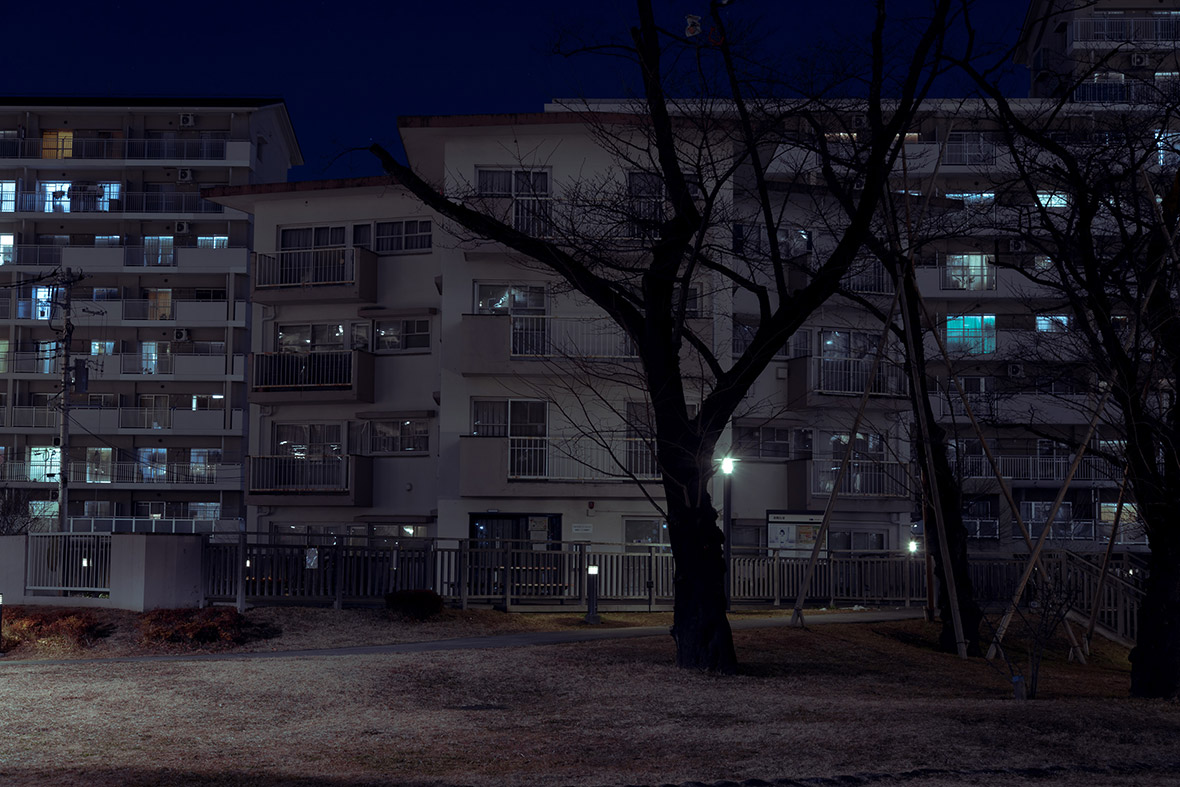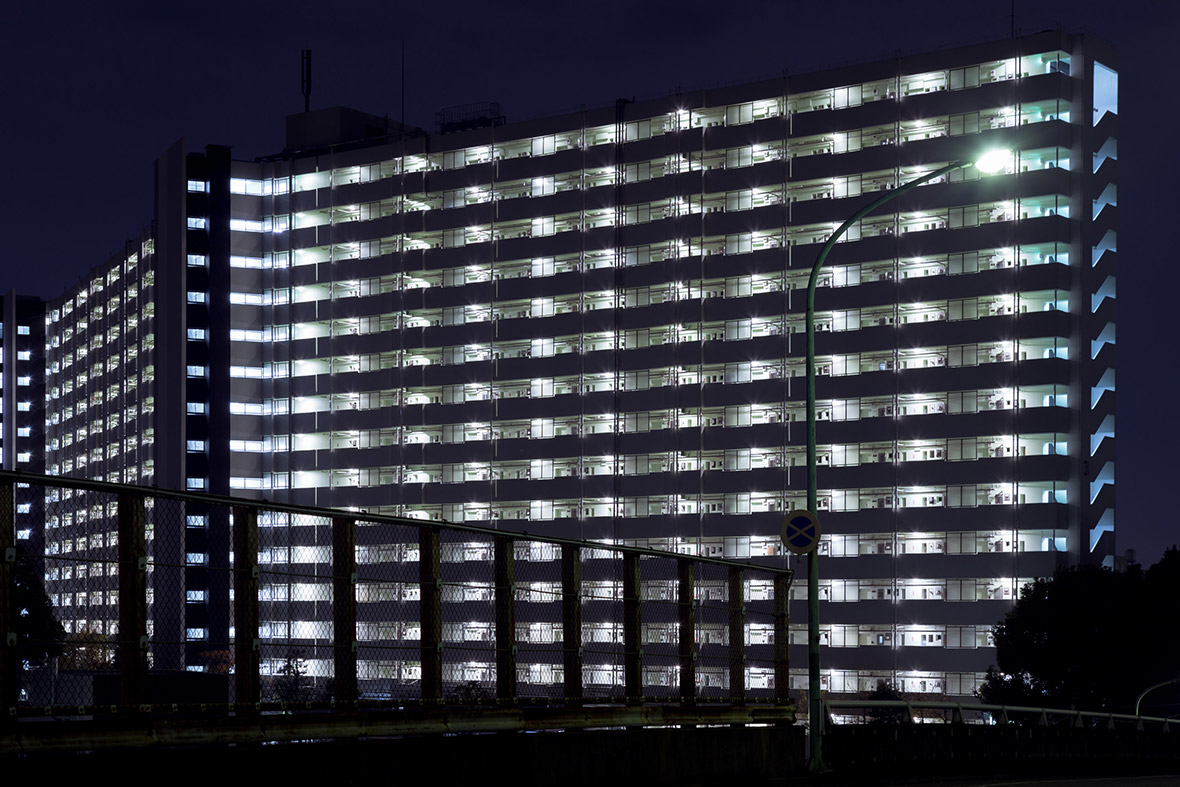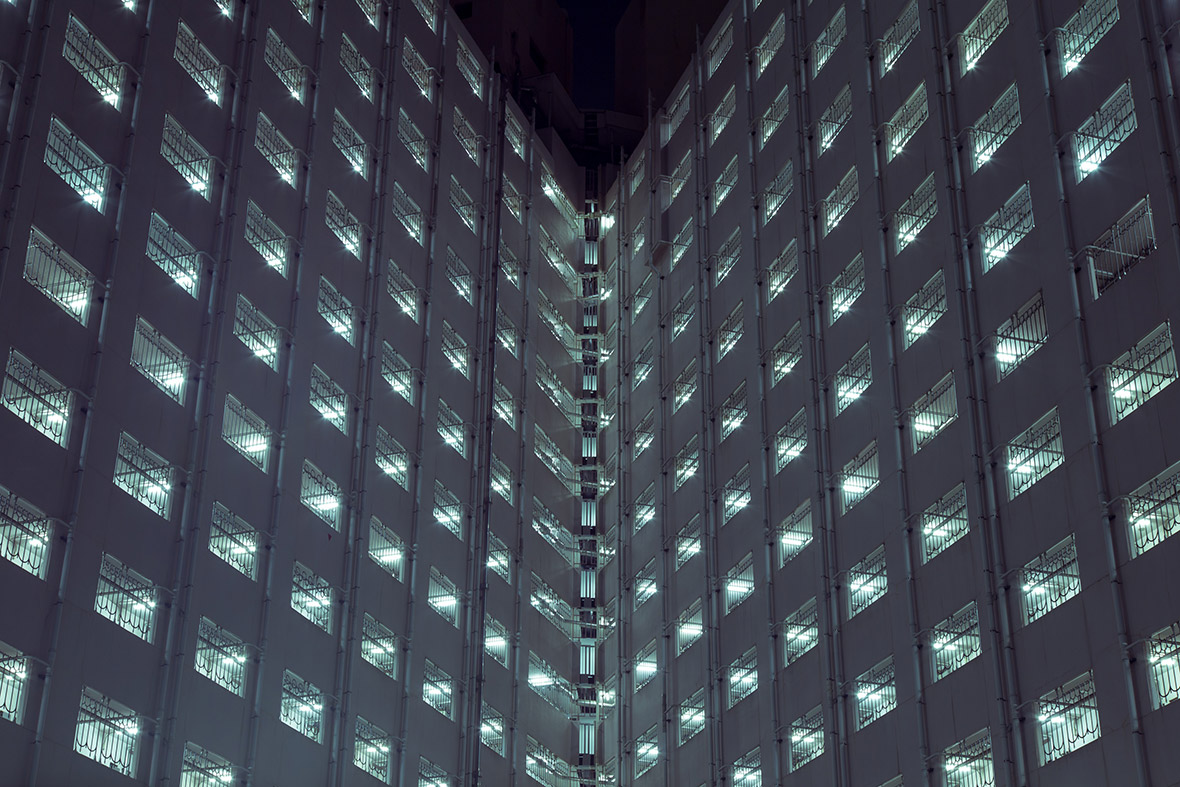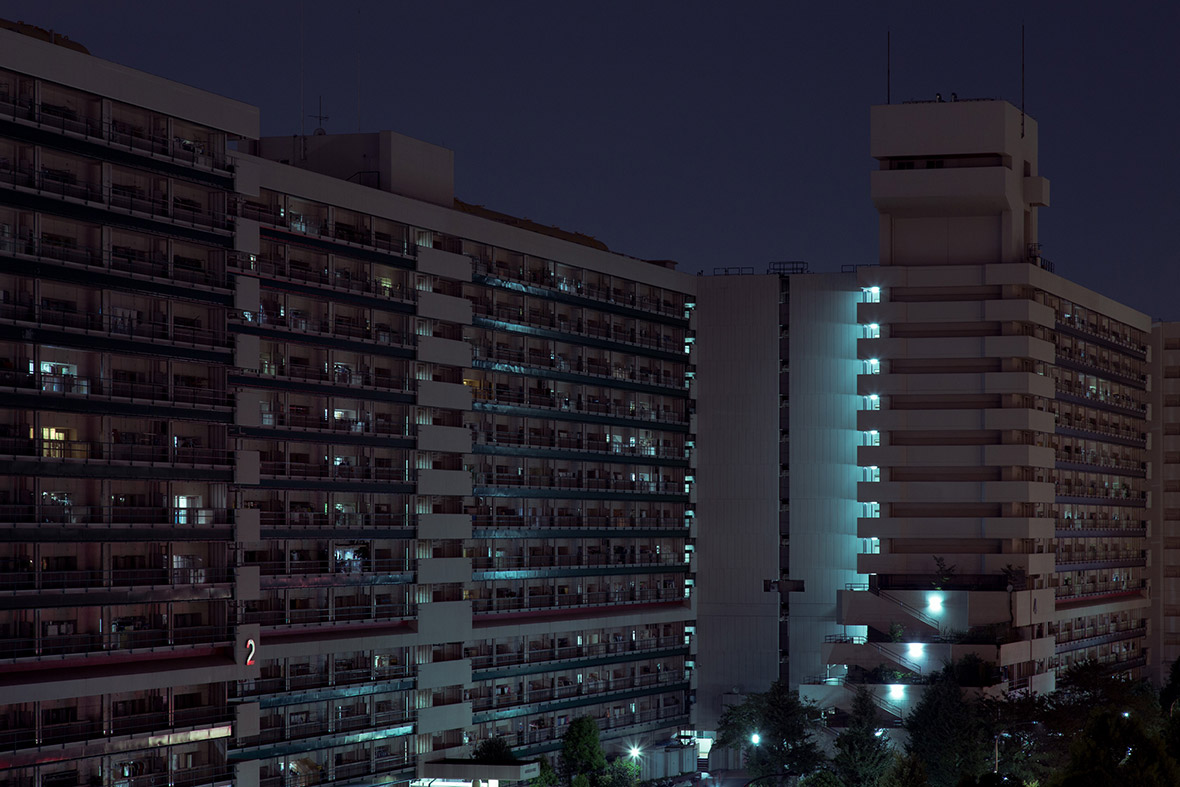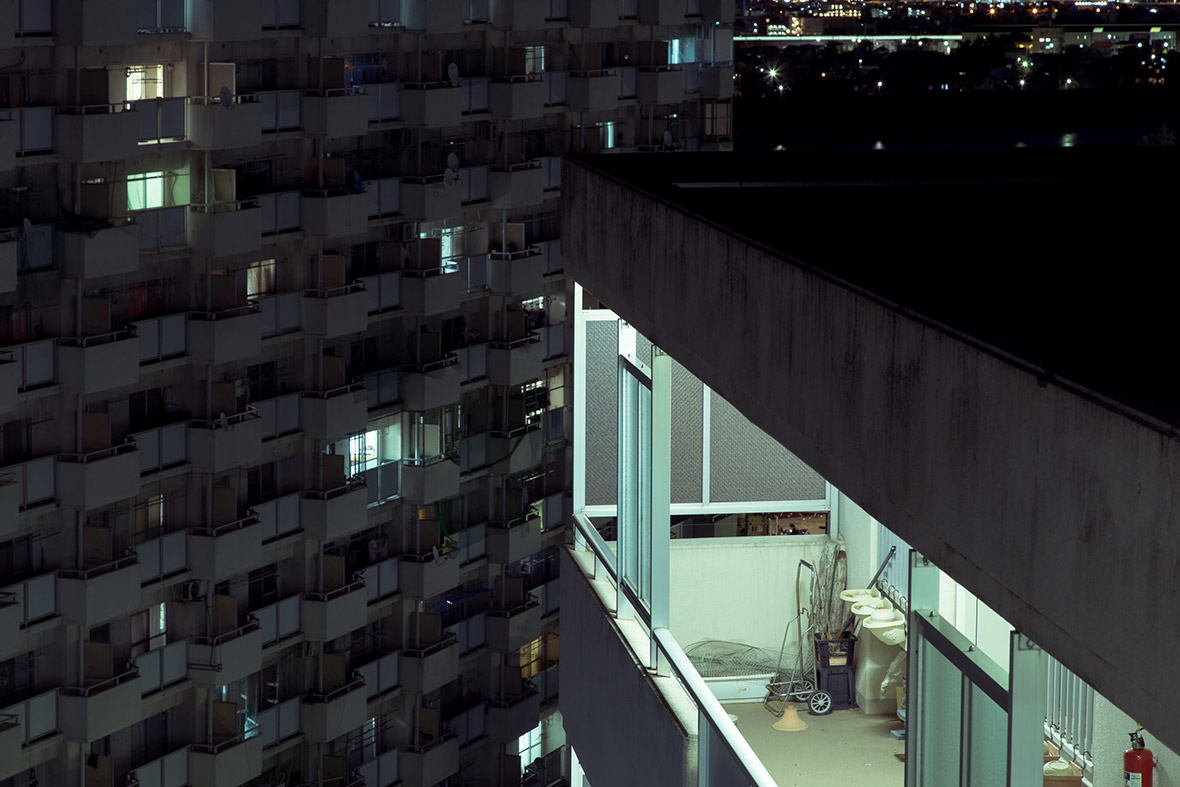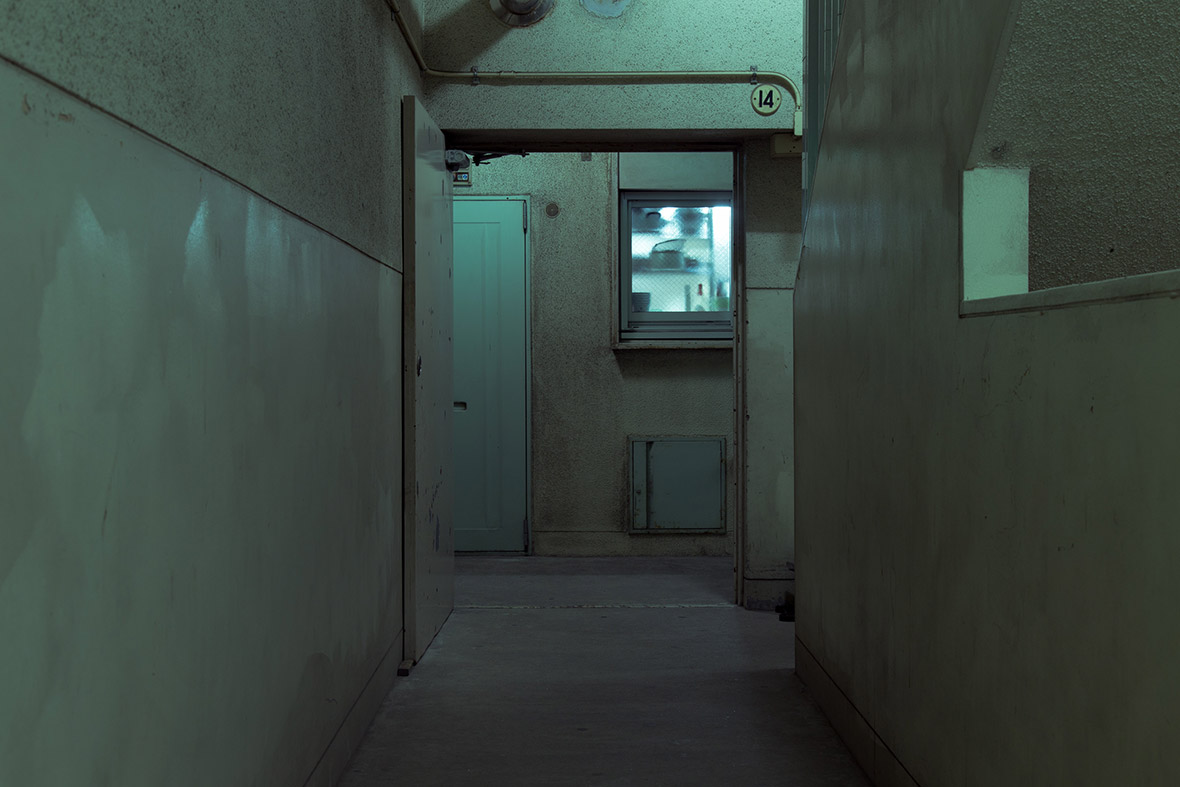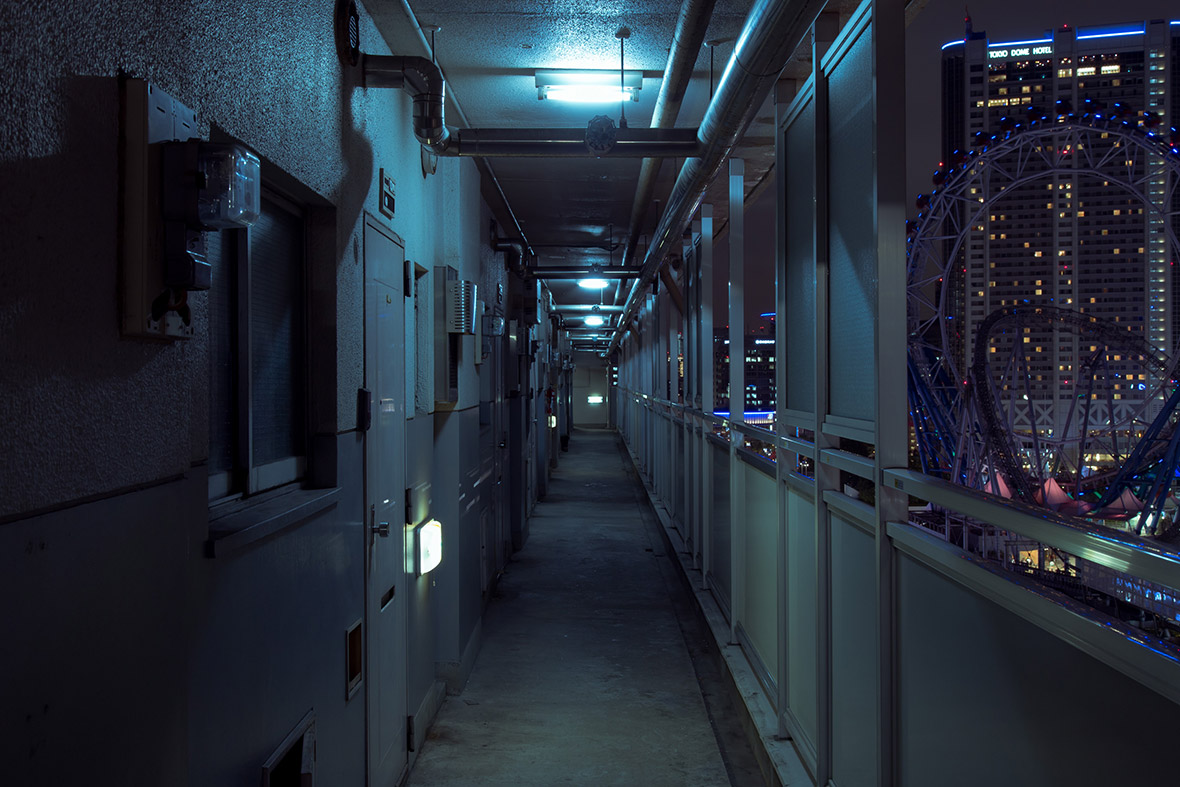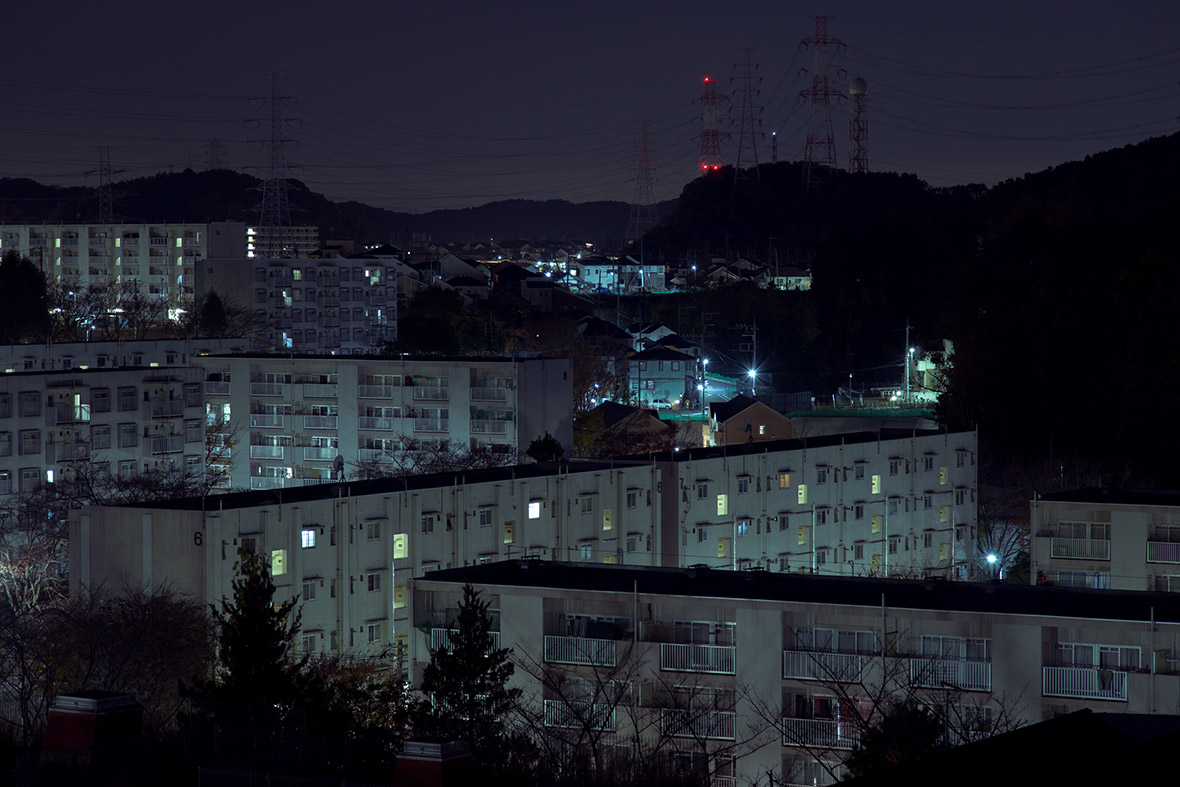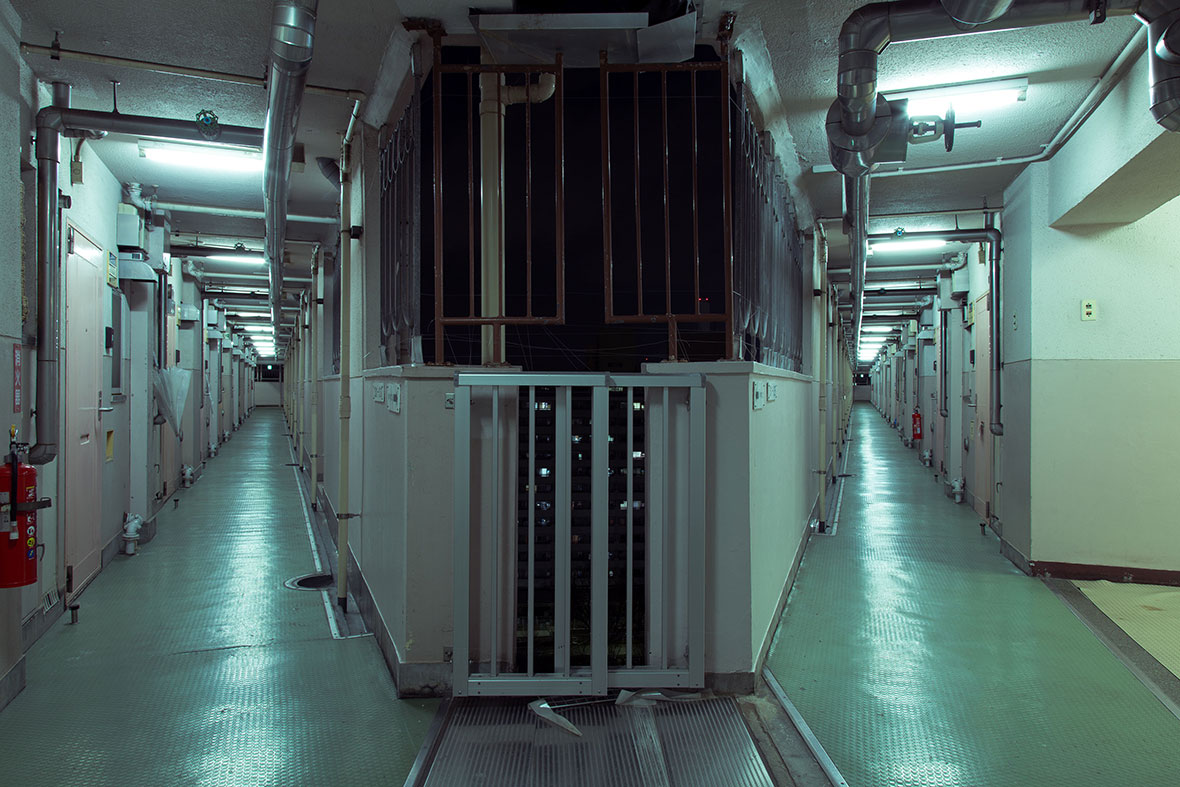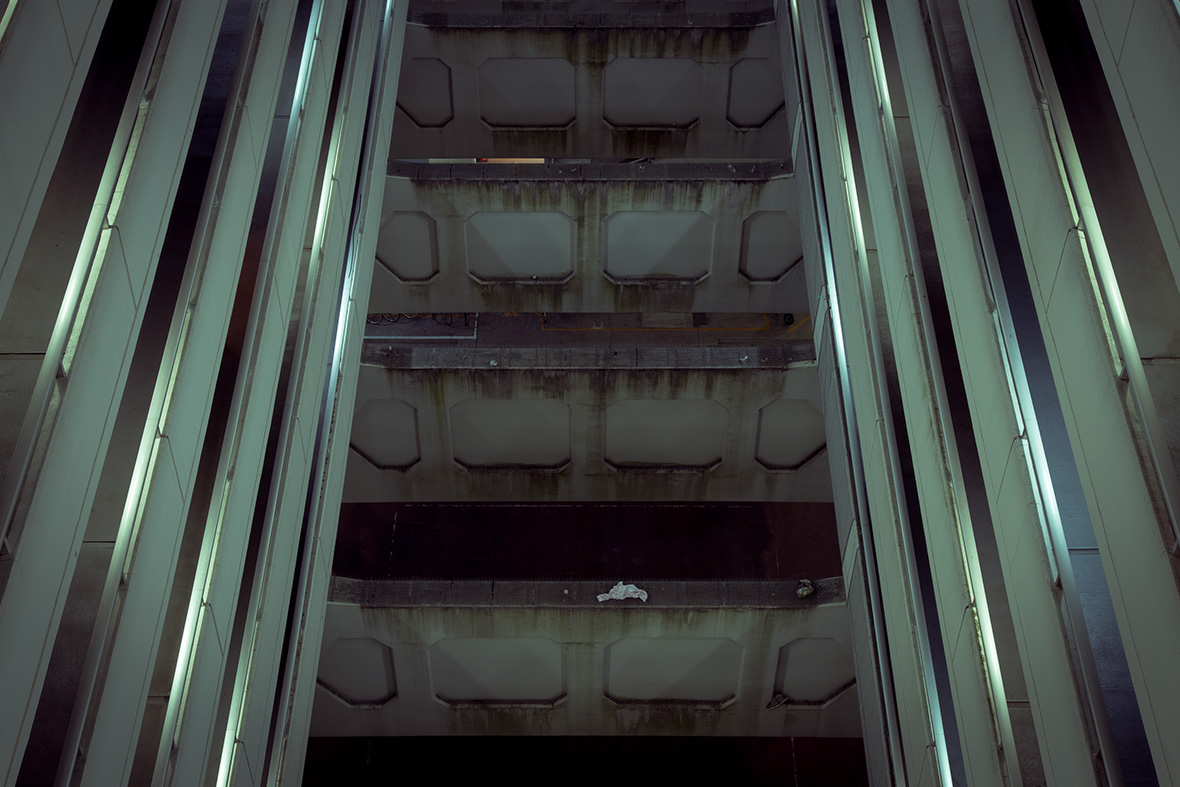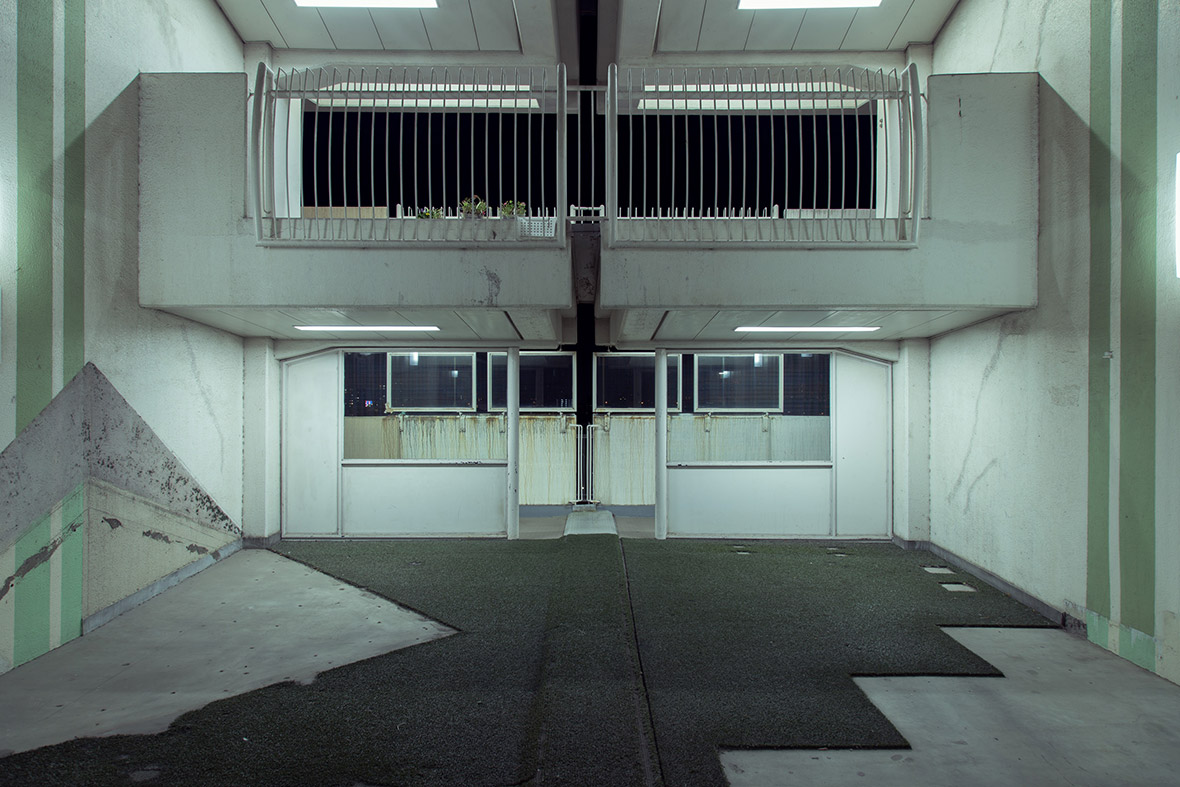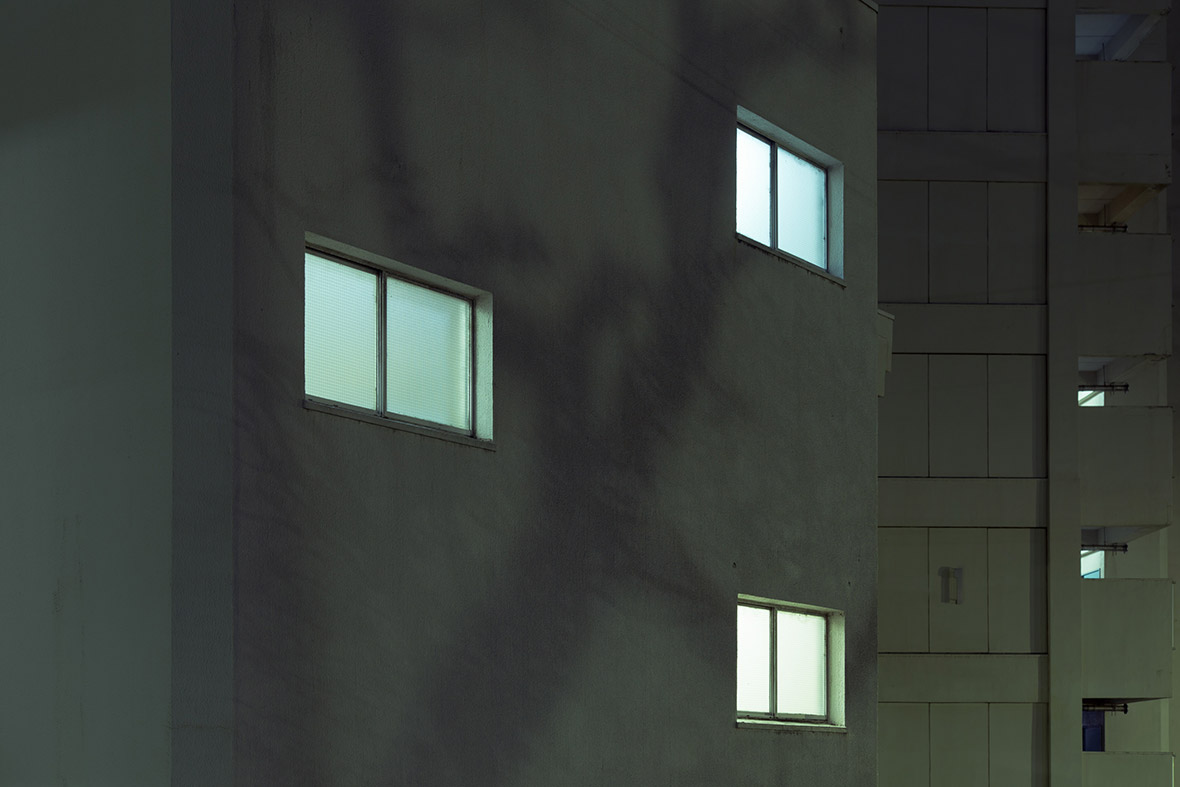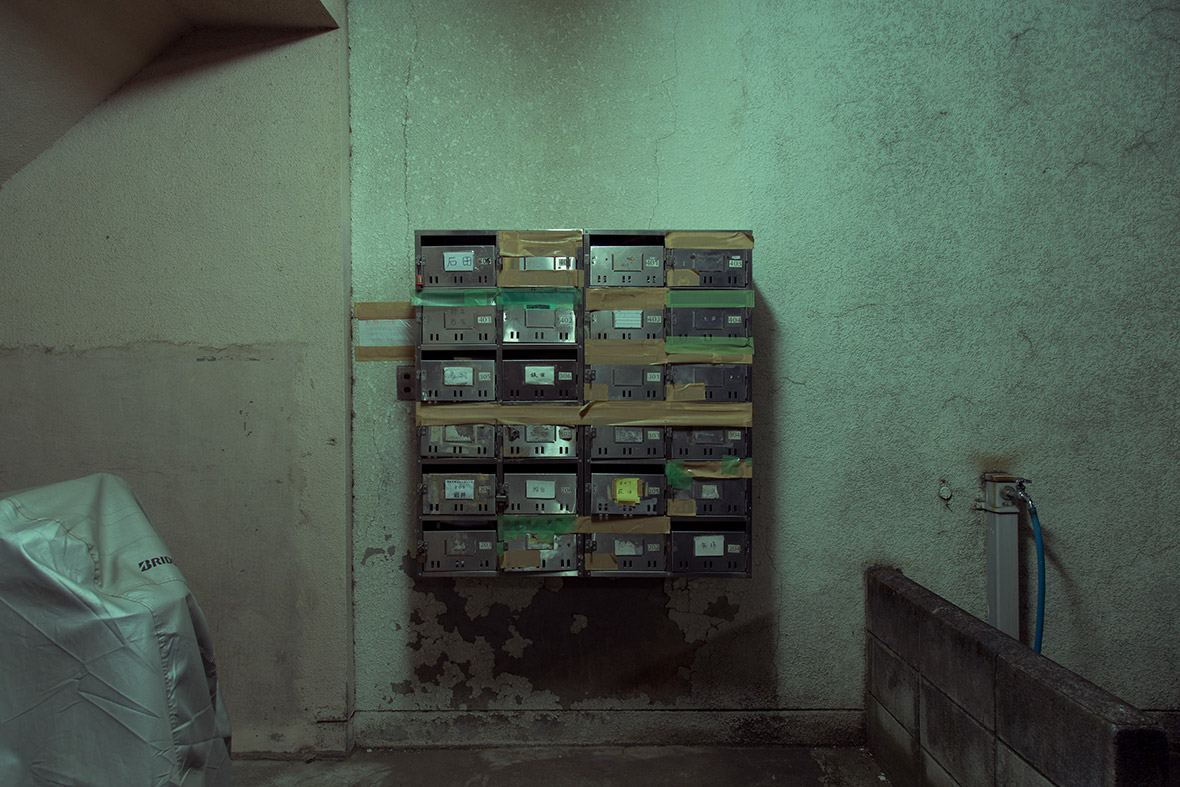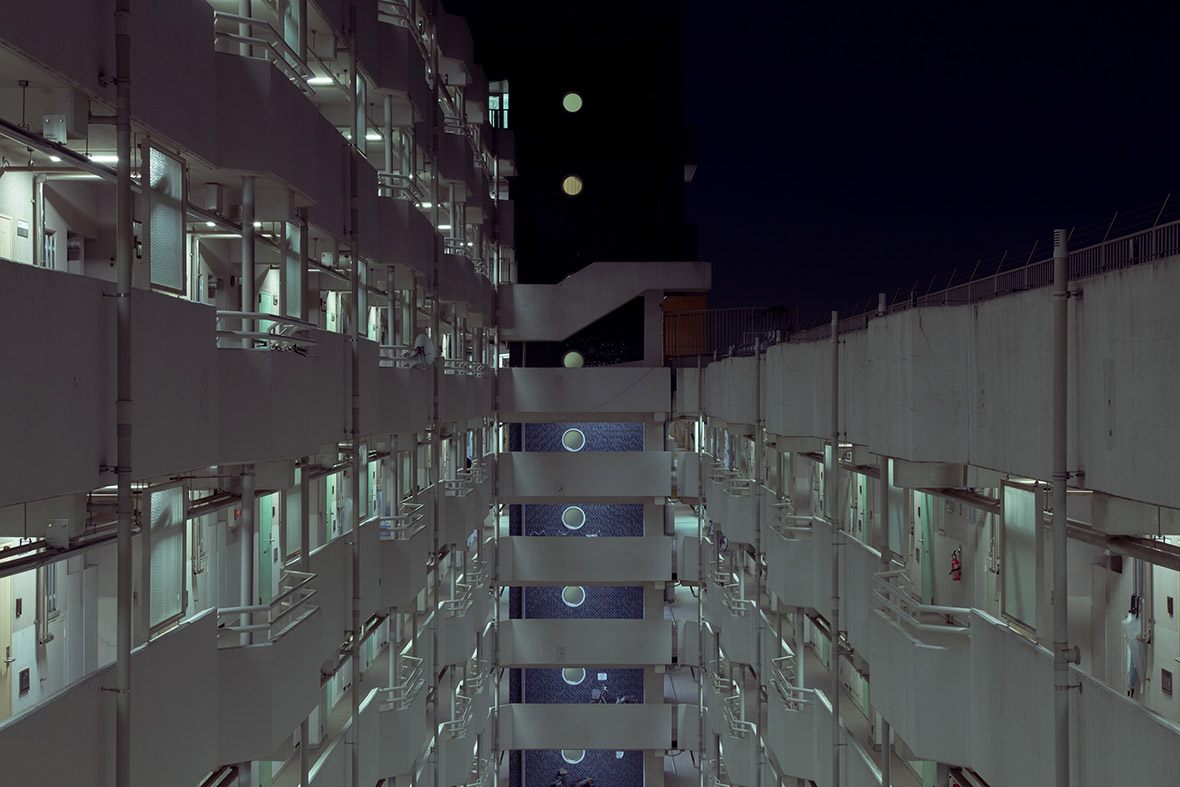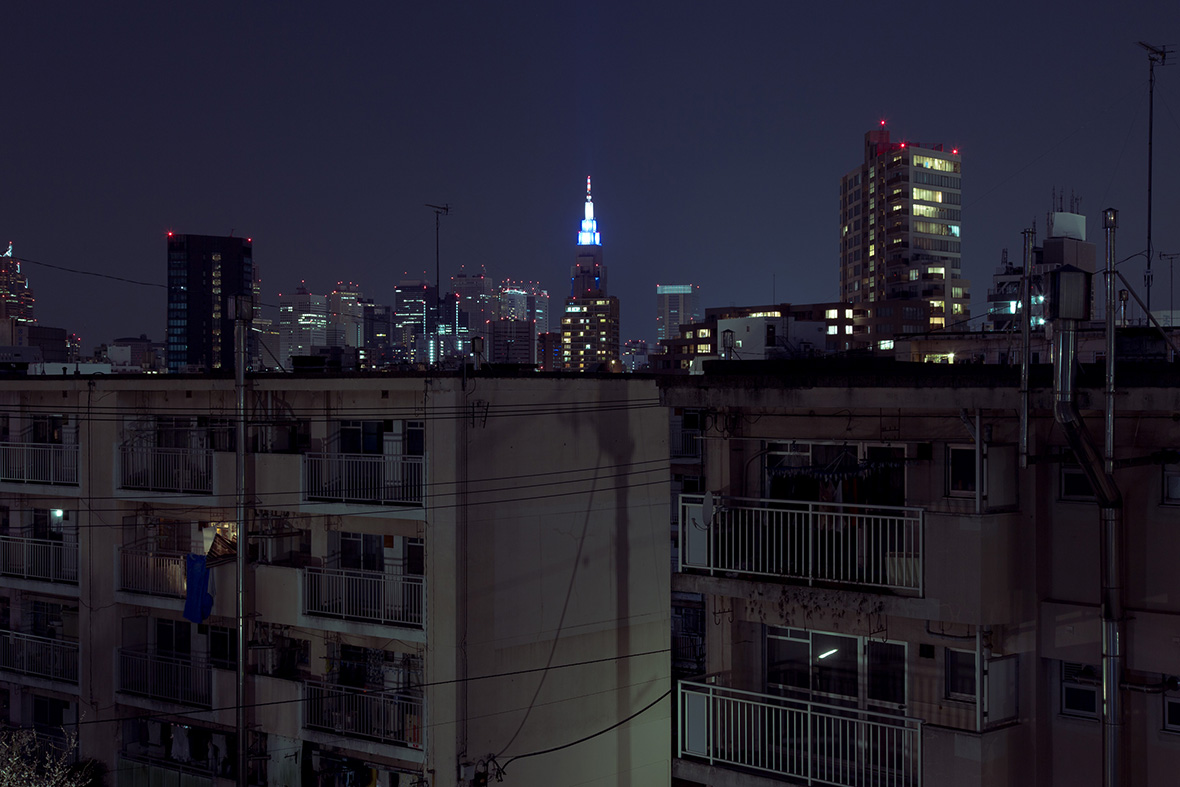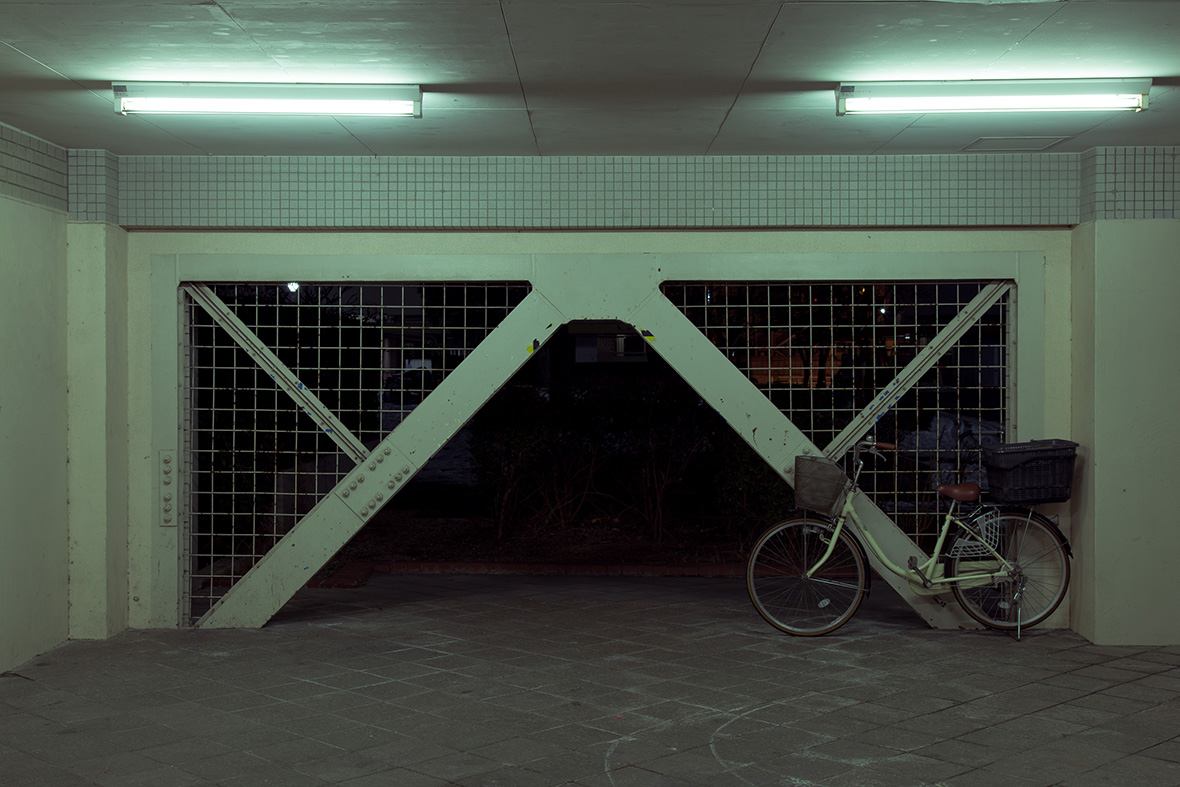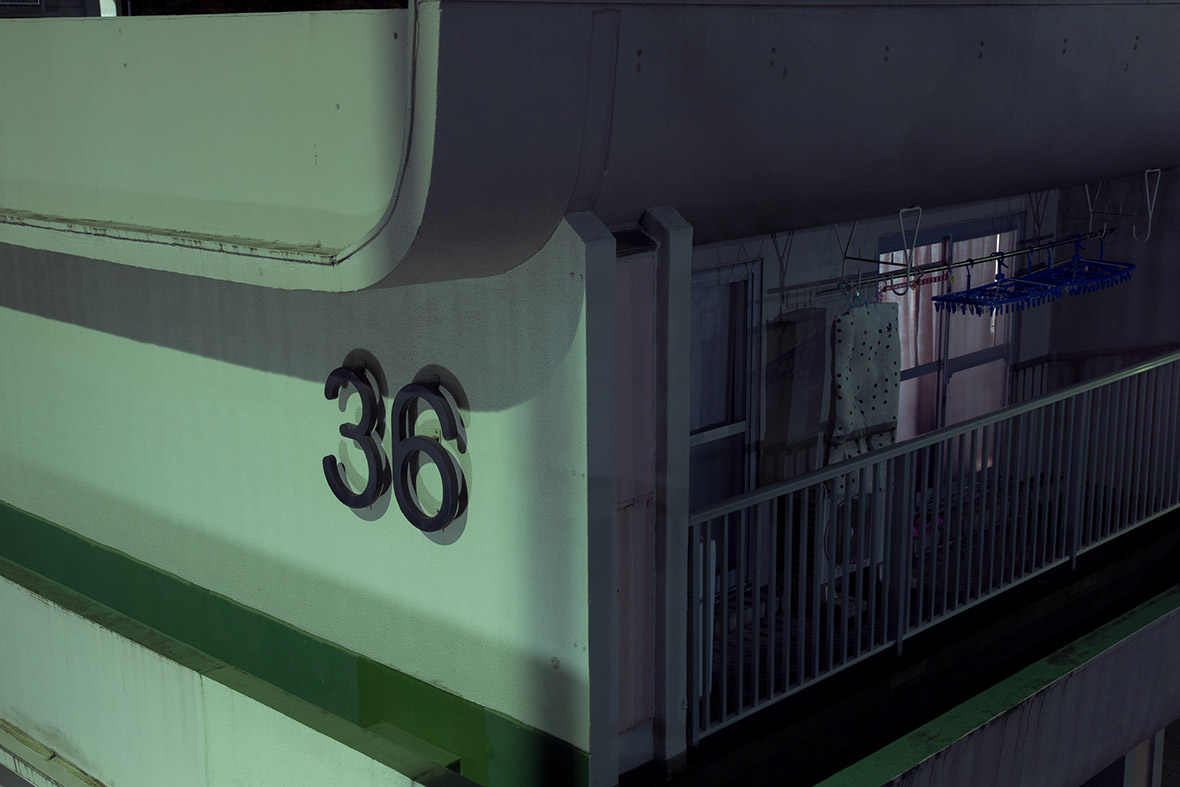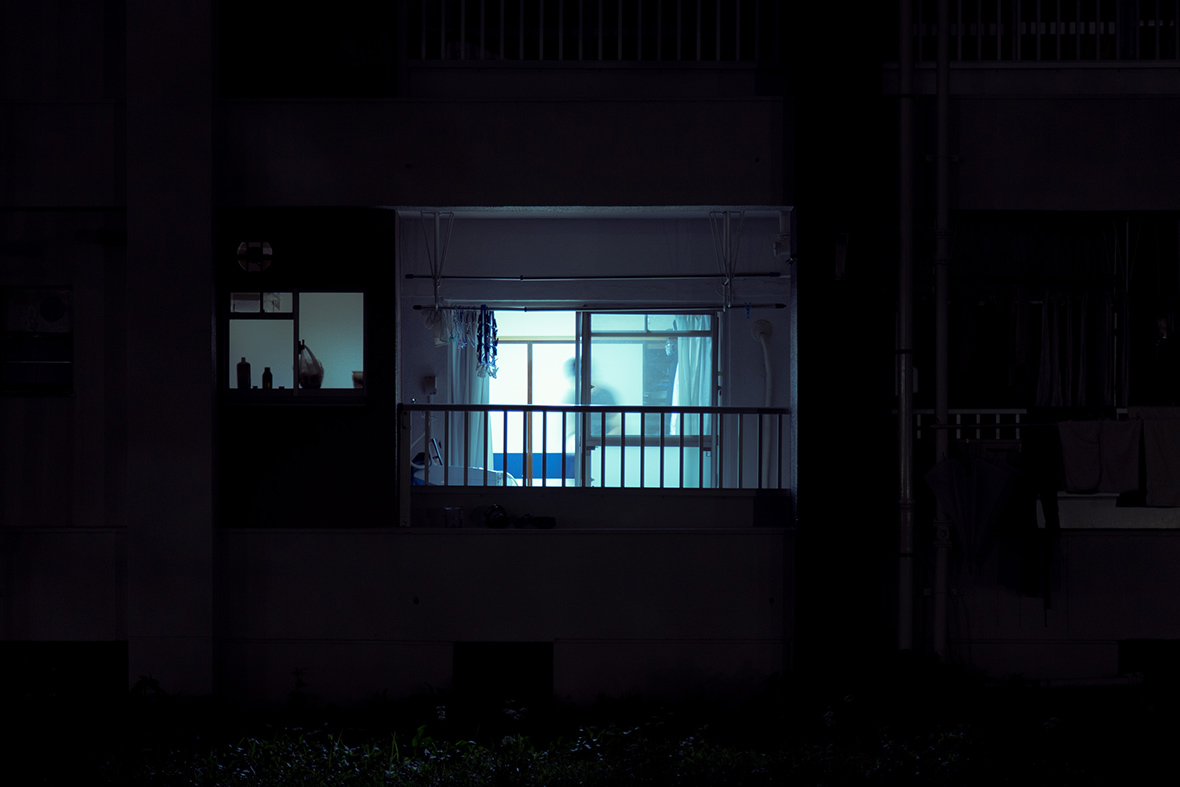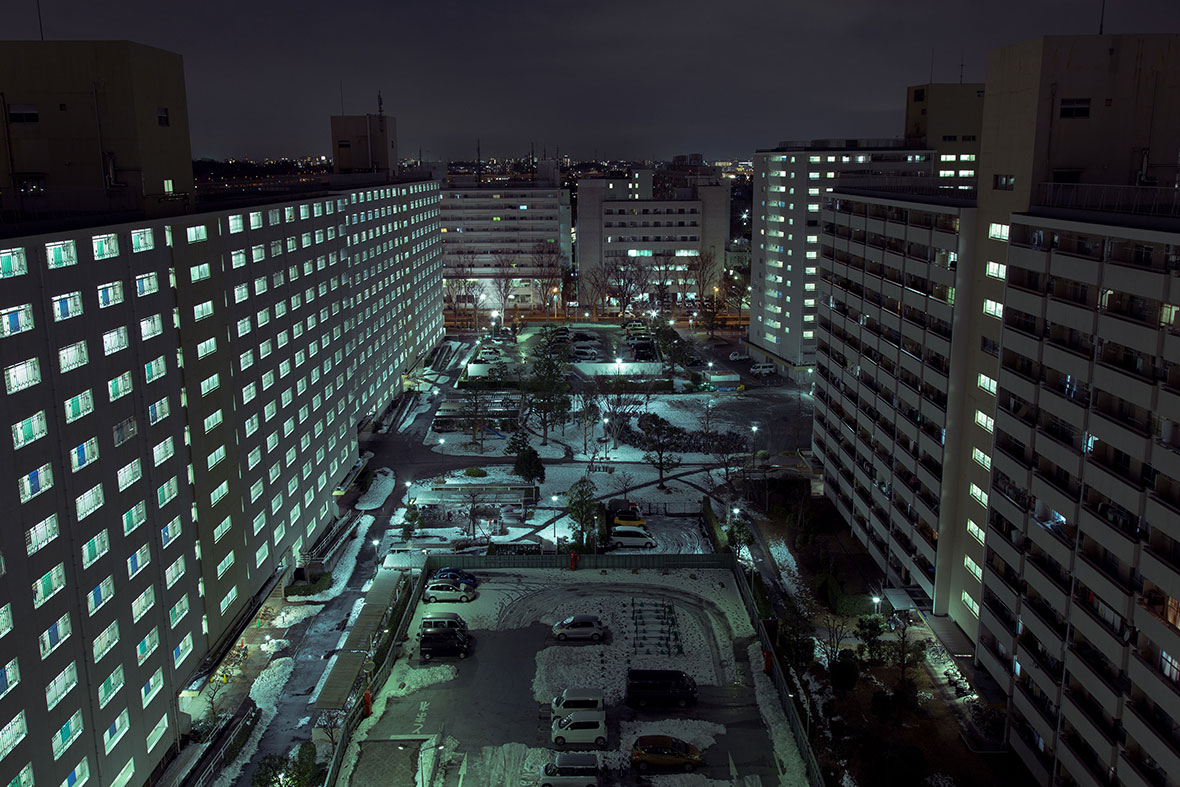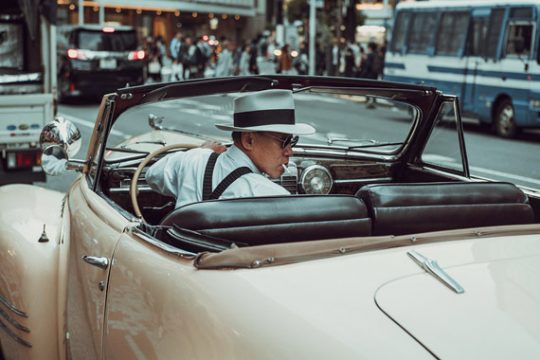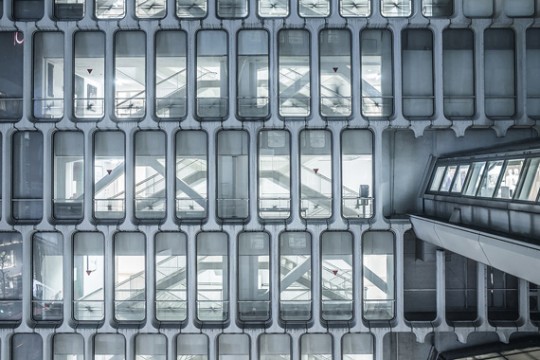
Drawing the most feminine parts of the female body as a series of dishes – isn’t that a bit over the top? Trying to fully express women’s desire for sexuality and even its symbolic form, through the tip of a pen – isn’t that a bit audacious?
Claudia Chanhoi, a Hong Kong-born and U.S.-based artist, says most of her creations feature women’s body parts but aren’t only about women’s sexual desire. They also represent the artist herself, a modern straight woman.
But what do these illustrations aim to communicate?
如果要你说,把女性最具特色的身体部位当成一道道菜品,画成画,是不是有点太“堂而皇之”?如果要你说,把女性对性的渴求甚至象征形象也统统诉诸笔尖,是不是太过于“胆大妄为”?
现居美国的艺术家 Claudia Chanhoi,她大多数作品创作的对象就都是女性的身体部位,但它们实际上不仅仅女性性欲的代表,也是身为现代女性异性恋的艺术家本人的象征。
那么,这些图像具体想表达些什么呢?
Non-reproductive Sex
Sex, a veiled and silenced word, traditionally connotes privacy, shame, even filth. But just because it’s silenced, does that mean it doesn’t exist?
不是为了生育的性
性,这似乎是一个看不见也说不出口的词,在传统历史中,它囊括了私密、羞耻,甚至“肮脏”的概念。但不被说出口,就代表它不存在了吗?
Chanhoi was raised in Hong Kong by devout Catholic parents. As a child, she attended a very traditional all-girls Catholic school where she was taught that female sexuality should be passive and vulnerable. “Women couldn’t really express sexual desire – doing so would be shameful and wrong,” she recalls. Back then, it didn’t even occur to her that sex could come before marriage or should happen outside of procreation. In her mind, sex was only for reproduction.
“Honestly, at the time, I didn’t really think much about it, since I was still too young to understand what sexuality and sex actually meant,” Chanhoi says. “Once I got a bit older and entered puberty, people around me started making comments about my appearance. […] It seemed like it was a woman’s job to be sexually appealing, and to uphold all those standards of beauty.”
Claudia 小时候在香港长大, 父母是传统的天主教徒,她小时候就读的学校,更是一所非常传统的私立女子天主教学校。小时候的她,被教导为“女性的性行为应该是被动的、易受伤的”;“女性不能真正表达自己的性欲,否则它会显得可耻”。甚至,对那时候的 Claudia 来说,性行为在结婚怀孕前,是一件“永远不会去做”的事情。性,仿佛永远只能为生育服务。
“老实说,当时我并没有太多的想法,因为我还太年轻,不了解性欲和性的真正含义。等我长大了一点,到了青春期之后,我发现女性的身体被广泛当成是性对象,我周围的人也开始对我的外表发表评论,并且觉得女性需要努力保持性吸引力,坚持所有这些美丽的标准。”

Looking back now, she says, “I was confused, and I always felt I wasn’t good enough to meet society’s expectations of how women should look or how they should behave.”
Perhaps that’s when she started asking questions about gender inequality and women’s roles. “Even though I was taught that women shouldn’t display their sexuality, from my own experience, I’d say society uses female bodies as sex objects. Women have never really had full ownership or control over their bodies.”
回看那时候,Claudia 说:“我感到很困惑,总是觉得自己不够好,没办法满足社会对女性应有的期望。”
那或许正是 Claudia 开始质疑女性的社会角色和性别不平等问题的时刻——“从我所经历的情况来看,社会一直在使用女性身体作为性对象。对我而言,女性似乎从未真正掌握过自己的身体。”
Sex Tablets?
In 2013, in her last year at the London College of Communication, Chanhoi started a final project titled The Sexual Objectification of Women. Three years later, still fascinated by feminism and what it means to be a woman in modern society, she picked the project back up with the addition of new illustrations. “Most of my work is created purely from my own experiences. I see this as a visual journal, a message to share, a joke,” she says. “Of course, these illustrations go far beyond the original topic.”
性爱药丸?
2013 年,Claudia 在伦敦大学传播学院开启了她的最后一个学生时代的项目“女人物化的性”(The Sexual Objectification of Women)。出于对女权主义的好奇,对“在现代社会做女人是种什么样的感受”好奇,Claudia 在 2016 年重启了这个项目,“我的大部分作品都是纯粹基于我的经验而创作的。我觉得这是我的视觉杂志,亦是可供分享的一条信息、一个笑话,当然这也完全超过了我最初选定的主题。”
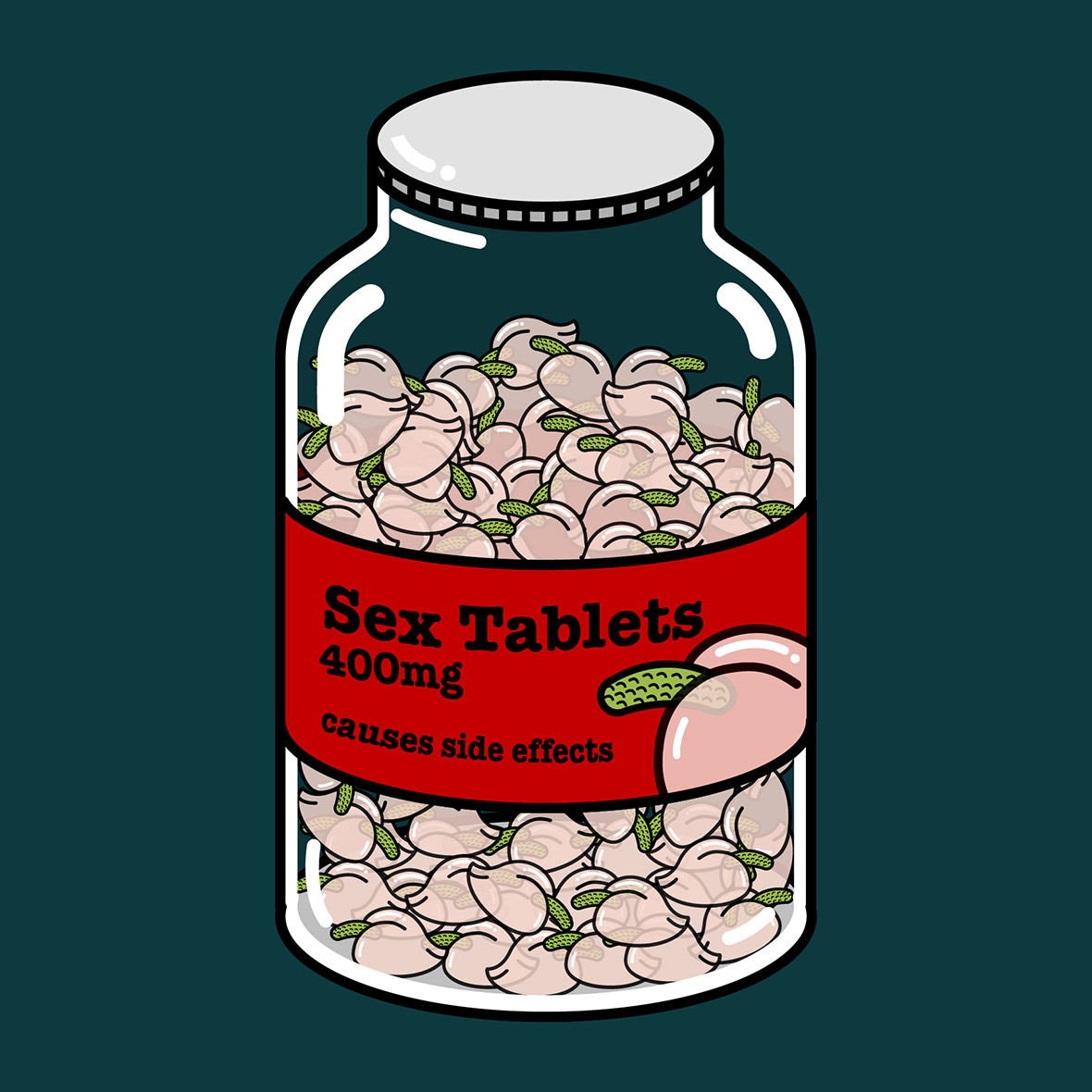
The subjects of Chanhoi’s drawings are often based on more than everyday objects. “Once, while recovering from the flu, I had to take different drugs every day. Staring at those pills, I suddenly began to wonder: if loneliness is a sort of illness, might casual sex be a short-term treatment? That’s how I created ‘Bad Medicine: Sex Tablets.’”
Claudia 作画的对象,不外乎是大家每天在生活中都能看到的东西。 “有一次我从流感中恢复过来,每天都必须服用不同的药片。 盯着这些药片,我立即质疑自己,‘如果孤独是一种病的话,那么性爱算不算短期特效药?’ 这就是我创造‘一剂坏药—性爱药丸’的原因。”
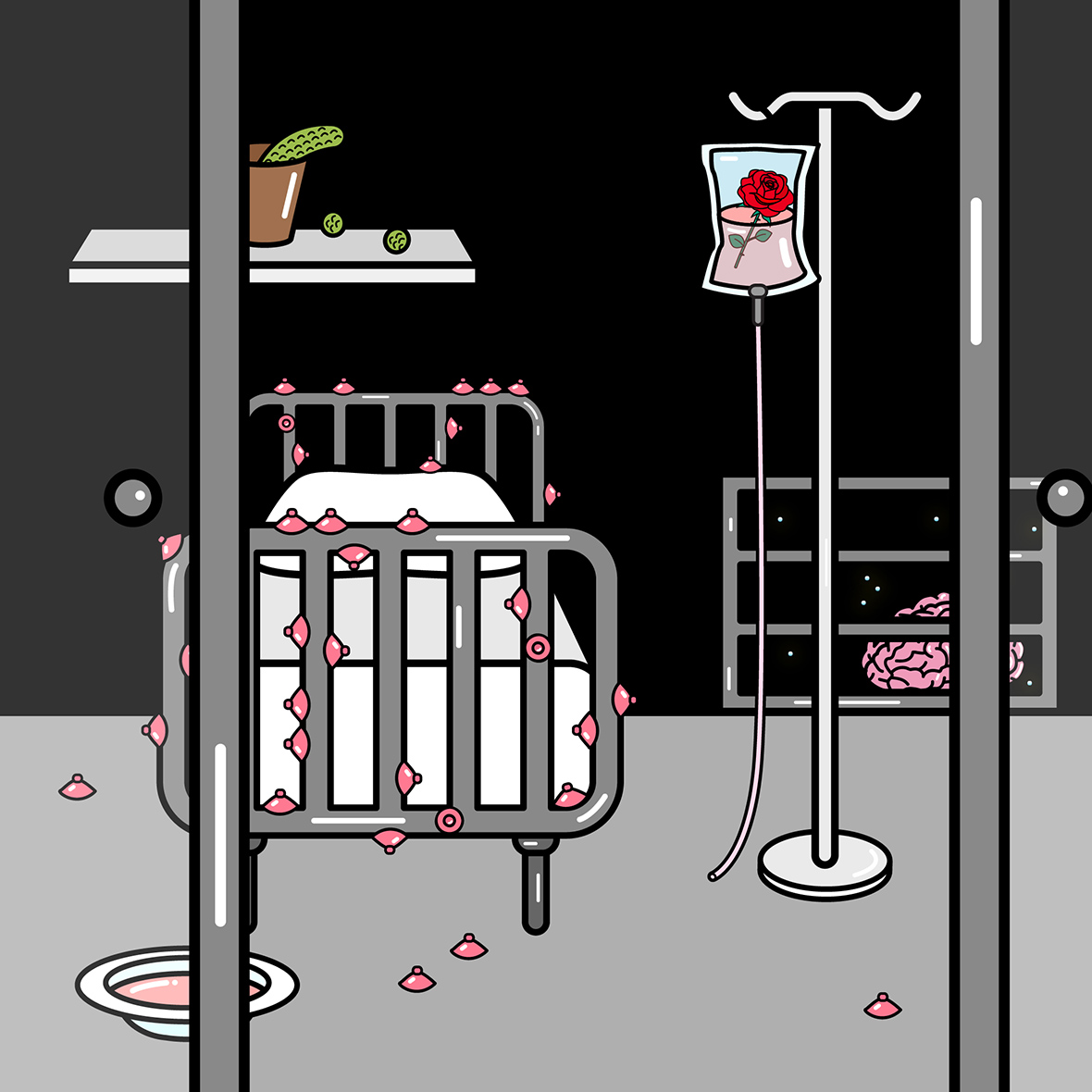
For Chanhoi, art is her best means of connecting with people and telling stories. She believes that the message or concept behind the image is crucial. In a world where everything moves quickly, people can always forget a beautiful image. For a work to be really memorable and irreplaceable, it has to say something meaningful. “I hope people can relate to my art and understand the thinking behind it, and not just see it as a bunch of images with nipples and genitals,” she adds.
Claudia 觉得,在画面背后所蕴涵的信息或概念是至关重要的。在这个快节奏的世界中,人们往往会很快就忘记美丽的图像,但真正能够让人铭记且无法替代的作品,是那些言之有物的作品。对 Claudia 来说,作品就是她与人沟通和讲故事的最佳交流工具。
“我希望人们会在我的艺术作品中感到关联性,并理解背后的概念,而不把我的作品当作‘乳头和生殖器的图像’。”
Shifting Power Dynamics
Chanhoi began to see her project as a potential platform for expression and a way of better understanding herself and her own sexuality. She was struck by how celebrities like Rihanna and Beyoncé, as strong, independent women, used their sex appeal to celebrate feminine sexuality and proclaim their power over men. This insight upended Chanhoi’s whole concept of sexual power, a shift she found liberating and fascinating.
“性力量”的易位
在这个个人项目创作中,Claudia 把它作为一个可供表达的平台,来更好地理解自己和自己的性欲。在这个过程中,Claudia 意识到像蕾哈娜、碧昂丝这样的名人,作为强大的独立女性,她们利用女人的性吸引力来彰显女性的“性力量”(sexual power),展现女性对男性的性权力或掌控力。从这个角度来看,Claudia 发现“性力量”的观点竟整个转变了,这个转变显得非常自由且迷人。
“Generally speaking, I think women have more sexual power than men, even though I’m a heterosexual woman,” says Chanhoi. “For such a long time throughout history, women’s bodies have been sexualized and taken away from them. Now women can be as sexual as we like, and can freely express our desires, without being called out or rejected.”
Chanhoi enjoys being a woman in today’s society, but she recognizes it’s not easy. Women are often unfairly put into different boxes: attractive or ugly, single or taken, married or unmarried. “You can even be called a prude and a slut at the same time, depending on who’s doing the judging. I can’t sum up how society sees women because there are too many rules women are asked to follow. Even women treat other women very harshly,” she adds. “What I can say is that modern women are more empowered to have a voice than ever before, and that voice will always be heard.”
“一般说来,尽管我是一名异性恋女性,但我认为女性比男性拥有更多的性权力……在人类历史上,女人的身体在很长一段时间里都已经被‘性欲化’了,而且被剥夺于自身之外。 我想我们女性可以像任何人一样享受性生活,并且可以随心所欲地表达自己的欲望,而不会被社会声讨且反对。”
Claudia 很喜欢在现代社会中做女人的角色,但做女人并不容易。女人往往会被不公平地划分成不同的类别:有吸引力或没有吸引力、单身或有对象、未婚或已婚……“你甚至可以同时被称为‘修女’或‘荡妇’,仅凭人们评判角度的不同。我恐怕无法总结我们的社会如何看待女性,因为有太多的规则要求女性来遵守,甚至女人也会对女人自己非常苛刻。我可以说的是,现代女性比以往任何时候都更有能力发出声音,而且将一直被大众听到。”
